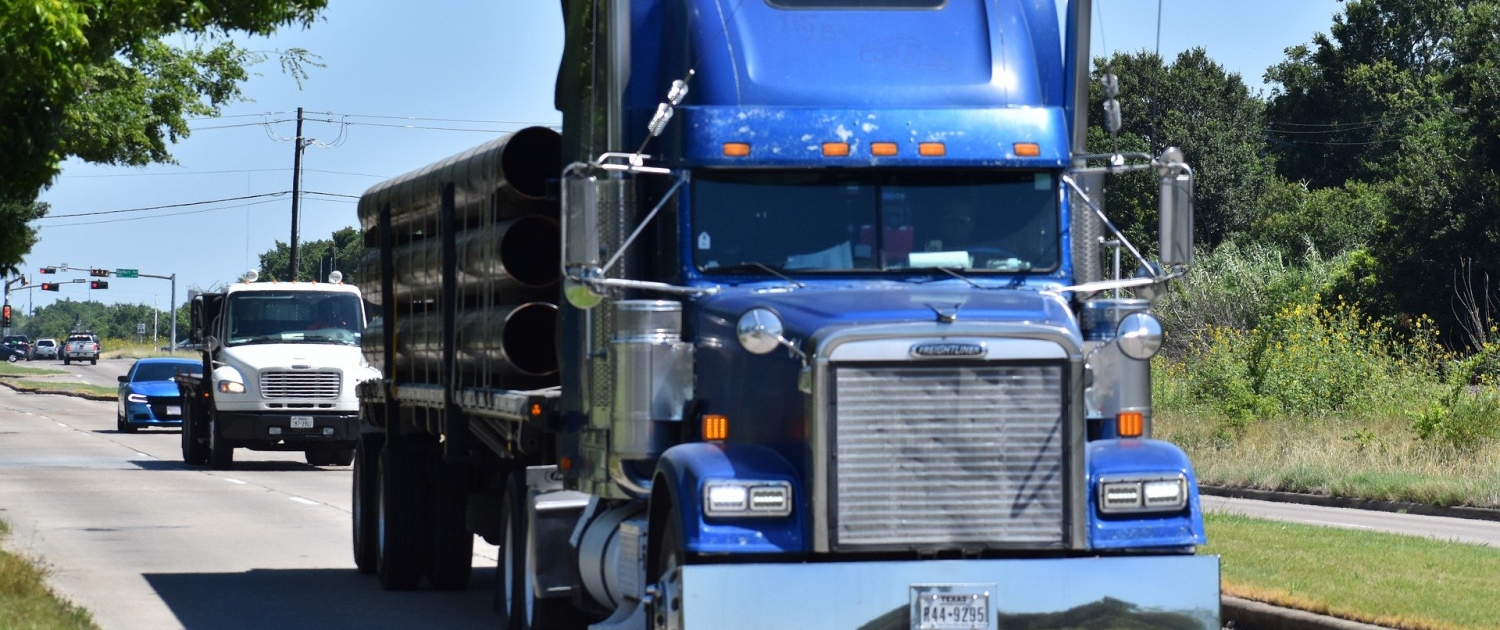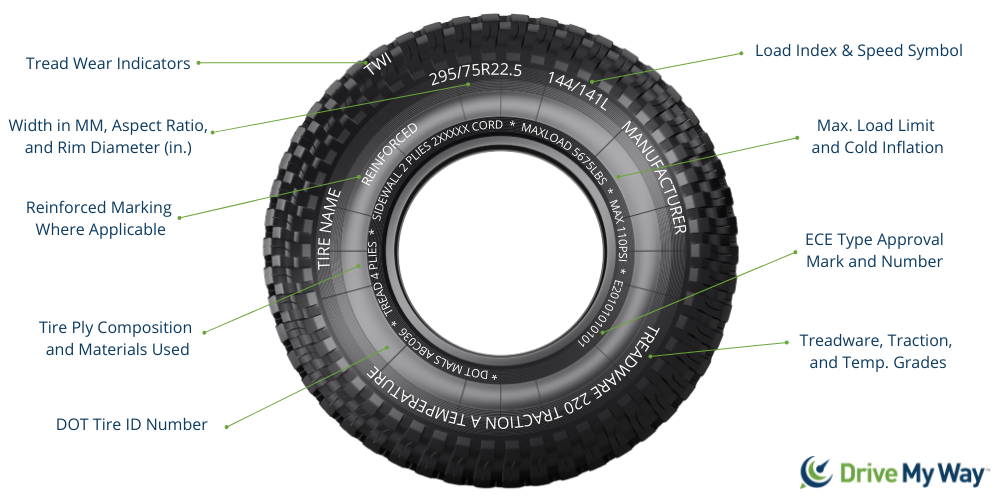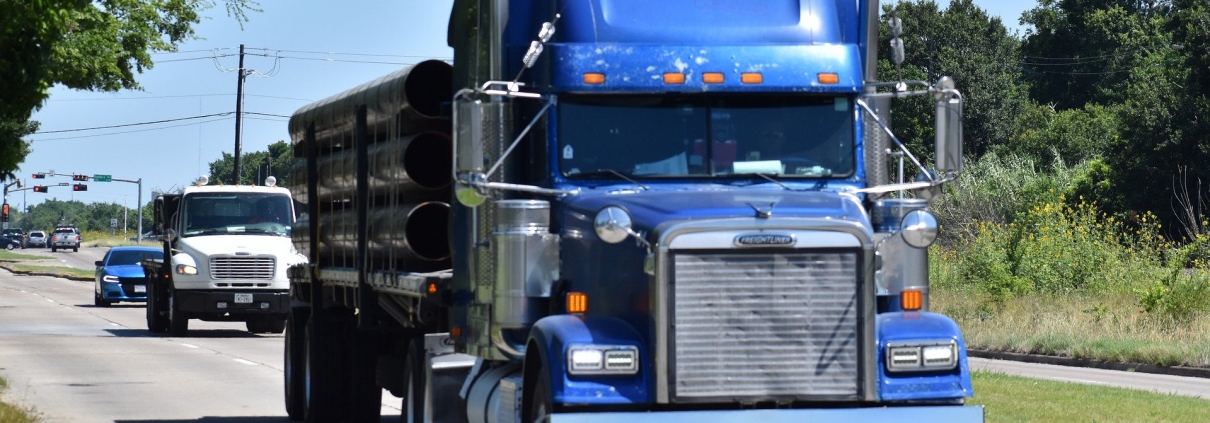
On the road safety isn’t just about driving practices. Maintenance of your semi truck tires boosts fuel economy and can improve the tires’ lifespans. Keeping your semi truck tires in good shape doesn’t have to take a lot of time. A little bit of regular maintenance goes a long way and can save you from long hours waiting and a headache on the side of the road!
Understanding Your Tires
The first step to proper tire care is to understand your sidewall. Did you know that everything you need to know about loading capacity and speed ratings is printed on the tire? Here’s a quick guide to your sidewall.
 Most of the information on your sidewall won’t affect your day to day work. However, when the time comes to replace a tire, or you’re deciding whether a load might exceed your truck’s capacity, these little markings have everything you need!
Most of the information on your sidewall won’t affect your day to day work. However, when the time comes to replace a tire, or you’re deciding whether a load might exceed your truck’s capacity, these little markings have everything you need!
Tire Regulations
To maintain safety on the road and stay within code for your semi truck tires, there are several numbers to know. The first is for tread depth. The FMCSA and CVSA have different tread requirements, and drivers must stay within the limits of both. For the FMCSA, the minimum tread depth for a steer tire is 4/32 of an inch on every major tread groove. Drive and trailer tires must have at least 2/32 of an inch tread depth in every major groove. The CVSA measures differently. For the CVSA, no two adjacent tread grooves on a steer tire can have a depth of less than 2/32 of an inch. For all other tires, the tread depth must be at least 1/32 of an inch when measured in adjacent grooves. Trucks that fail CVSA minimums will be placed out of service while FMCSA violations may result in citations.
In addition to FMCSA and CVSA regulations, the CSA issues tire scores. These scores are part of “Vehicle Maintenance” on the BASICs assessment. The data on these scorecards comes from roadside inspections, and tire violations can carry a lot of weight. According to Tire Review, 8 point violations include:
- “Flat tire or exposed fabric
- Ply or belt material exposed
- Tread or sidewall separation
- Tread depth
- Audible air leak
- Cut exposing ply or belt material”
Also, several of the 3 point violations include:
- “Using regrooved tires (on front of truck/truck-tractor)
- Underinflated tires
- Tire load weight rating”
Tire violations can really add up on your CSA. Keep close track of your CSA and MVR score and be prepared to answer questions any time you change jobs. It’s important to remember that failing an inspection and being put “out of service” are not the same thing. A tire can fail the FMCSA standards while still meeting the CVSA requirements. In that case, you will likely get a violation on your record, but the vehicle won’t be put out of service.
Best Practices
The best way to avoid tire violations is through regular inspections and maintenance. Measure tread depth to make sure it meets FMCSA and CVSA regulations. Also, look closely for early signs of tire wear. Cracks, bulges, foreign objects (like rocks or glass shards) are warning signs to watch for according to USDOT’s Tire Safety Tips. If you notice any of these problems, let your mechanic know as soon as possible.
We spoke with owner operator Trucker Marq who shared this tip on the importance of tire maintenance:
As you inspect your tires, take a moment to gauge the inflation pressure. Make sure to do this before you drive while the wheels are cold. Overinflated tires will wear excessively on the center tire treads. An underinflated tire will wear on the outside tire treads and can lead to internal structural damage.
Finally, we recommend regular check-ups with a technician for your tires. As a driver, you can identify any obvious external signs of damage. A technician will inspect not just your tires, but also everything connected to them. A well-maintained rig will help make sure your semi truck tires are up to the job every time.
Trucker Marq
Find a CDL Driving Job
Drive My Way matches you with a CDL job based on your personal preferences and qualifications.










Thanks for the info about tires for trucks. My semi-truck needs new tires. I’ll look for an automotive service that can help me with getting new tires for my semi-truck.